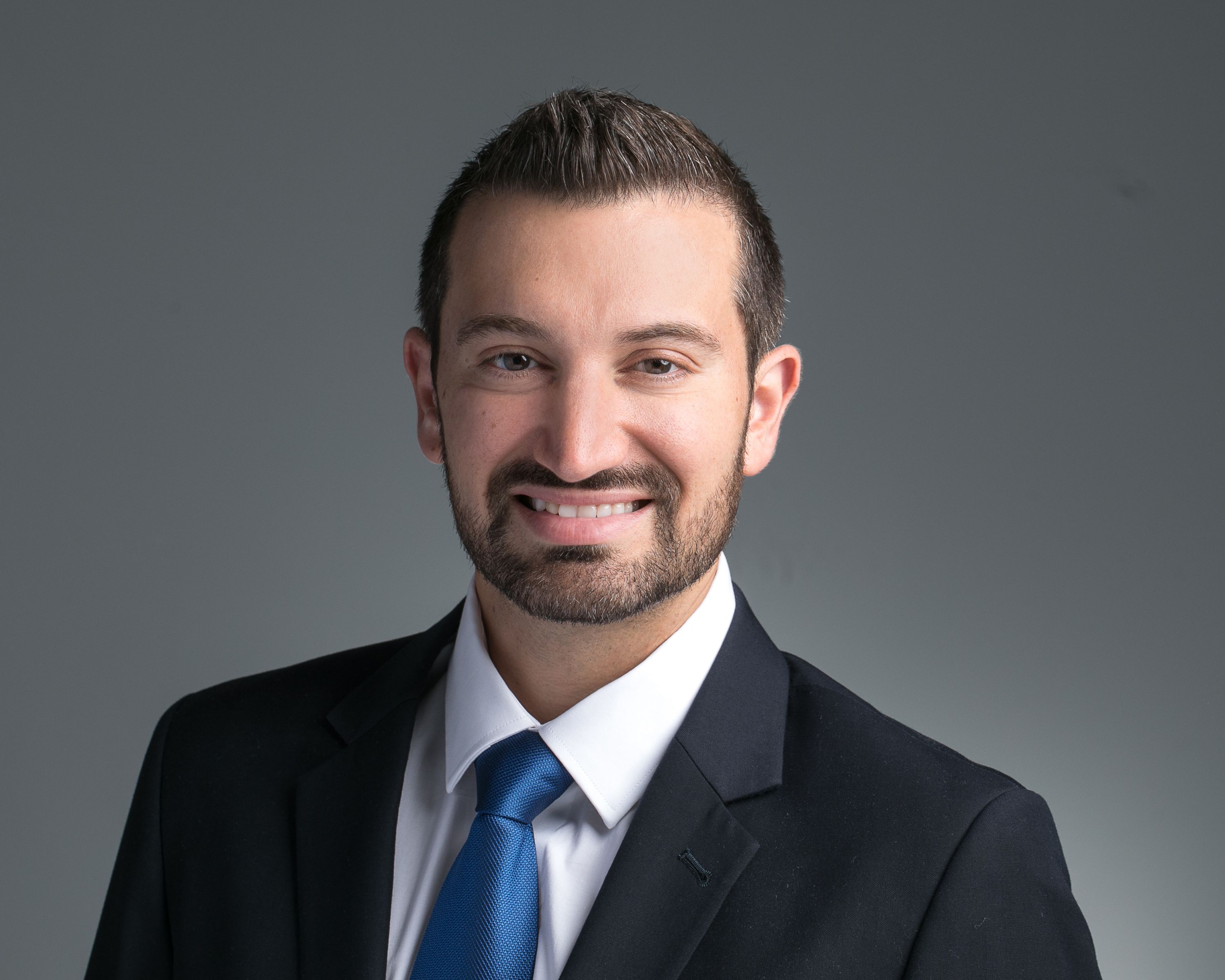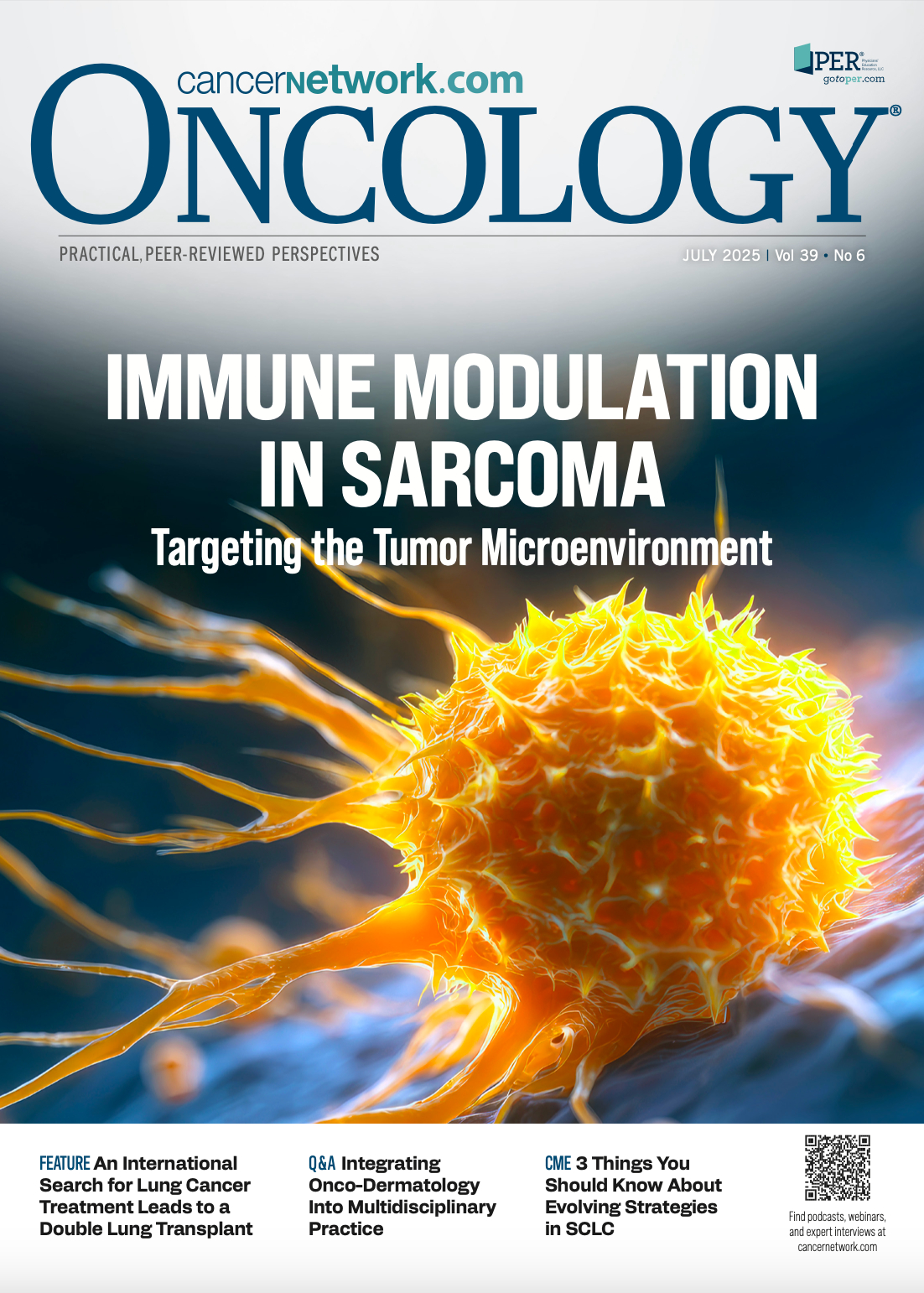Integrating Oncodermatology Into Multidisciplinary Practice
Oncodermatology is critical in managing adverse effects from cancer treatments, specifically targeted therapies and immunotherapies.
Oncodermatology is critical in managing adverse effects from cancer treatments, specifically targeted therapies and immunotherapies.

The field of oncodermatology plays a pivotal role in optimizing patient outcomes and quality of life for individuals undergoing treatment. Different types of therapy may have adverse effects associated with hair, skin, nails, or mucosal surfaces.
Jonathan Leventhal, MD, highlighted that chemotherapy commonly leads to hair loss, nail changes, skin rashes like erythema, and mucositis. Targeted therapies frequently cause acneiform rashes or hand-foot skin reactions, whereas immune checkpoint inhibitors can induce autoimmune-like rashes. Radiation therapy is also a significant contributor to skin reactions like radiation dermatitis.
Leventhal, director of the Residency Program, director of the Onco-Dermatology Clinic, and associate professor term at Yale School of Medicine, spoke with CancerNetwork® about the crucial role of multidisciplinary collaboration in effective patient care. Open communication and multidisciplinary meetings among medical oncologists, surgical oncologists, dermatologists, and radiation oncologists are paramount to providing top-quality care.
Recent advancements, such as preemptive treatment with topical agents and oral antibiotics for EGFR inhibitor–induced rashes, have shown promise in reducing rash severity. Additionally, scalp cooling has emerged as a significant breakthrough, particularly for patients with breast cancer undergoing chemotherapy, dramatically improving quality of life by preserving hair.
Overall, Leventhal emphasized the dedication to research and patient-centered strategies aimed at mitigating treatment-related toxicities and ensuring patients can remain on their lifesaving cancer therapies.
CancerNetwork: Could you elaborate on the specific types of skin issues and hair and nail changes you commonly observe in patients undergoing cancer treatment?
Leventhal: Patients who are undergoing cancer treatment frequently have many issues that impact their skin, hair, nails, and mucosal surfaces. A lot depends on the type of treatment that they’re on. For instance, chemotherapy often results in hair loss; nail changes; multiple types of skin rashes, such as toxic erythema of chemotherapy; and mucositis. Patients who are on targeted therapies often have acne-type rashes or a hand-foot skin reaction and other issues that can impact their hair and nails. We see a lot of nail infections. Patients on immune checkpoint inhibitor therapy can have a variety of rashes. These are often autoimmune in nature. They get a lot of itching as well. Radiation can cause a lot of skin reactions, such as radiation dermatitis, among others. All types of cancer therapy can result in dermatologic complications.
As the director of the Onco-Dermatology Program, what multidisciplinary collaborations have you found most effective in optimizing patient care?
We do a lot of work at the Yale Cancer Center on patient education. We have a lot of educational pamphlets. We have a lot of interdisciplinary meetings, conferences, and tumor boards between the medical oncologist, the surgical oncologist, the dermatologist, and the radiation oncologist. Communication and bringing the team together have been effective in providing top-quality care to patients at the Yale Cancer Center.
What recent advances in oncodermatology have significantly impacted your clinical practice?
The field is moving rapidly. There are lots of clinical trials and studies looking to optimize outcomes. A lot depends on the type of cancer therapy we’re talking about. For instance, with targeted cancer therapy, studies have now shown that if we preemptively treat patients with topical agents and oral antibiotics before starting targeted treatments such as EGFR inhibitors, we can reduce the severity of the rash, which is nice. One of the major breakthroughs in recent years has been in preserving hair on the scalp in patients, especially women, with breast cancer undergoing chemotherapy. Scalp cooling has been a major breakthrough in helping women preserve their hair during treatment, and it improves quality of life dramatically. There are a lot of new studies that are showing us novel treatments and approaches for managing the toxicities of cancer treatment. All of this impacts my clinic on a day-to-day basis while staying on top of all the new studies. We’re also conducting various studies at Yale as well investigating the best treatment approaches for treating and preventing the cutaneous toxicities that we see.
Are you able to discuss your approach to managing dermatological toxicities associated with novel cancer therapies, such as targeted therapies and immunotherapies?
A lot of it depends on the type of cutaneous toxicity and the grade. For instance, for rashes that are low-grade, they’re not impacting quality of life dramatically. We’re often able to treat these patients with topical steroids, moisturizers, and anti-itch medicines. For rashes that are high-grade or life-threatening, those are much more severe and concerning. We treat those more aggressively. We usually use oral or intravenous medications like steroids. We often hold the cancer treatment until the rash improves, and the most important news here is that we’re able to keep the patients with cancer on their lifesaving therapy in the majority of circumstances just by optimizing their cutaneous toxicity. That’s the real takeaway here. Most of the patients who have cancer can stay on their treatments with dermatologic and multidisciplinary intervention.
As the director of the Dermatology Residency Program, what key aspects of oncodermatology do you emphasize in your teaching?
My residents get a lot of oncodermatology, which is great. I was a resident at Yale, and I also did that, which is what inspired me to do oncodermatology. This takes place in a few different layers. There are the didactics, where I teach residents [and give] an overview of all the cutaneous toxicities that we see and all the other dermatologic complications that can happen in patients with cancer. More importantly, they get to spend time in my clinical practice, and they get to see the patients, and they get to learn firsthand, and they take care of the patients. That’s the most instrumental in shaping the way that they, in the future, will provide care for patients who have cancer.
What ongoing research or clinical trials are you currently involved in that could potentially improve the management of dermatological issues in patients with cancer?
We have a few things going on. One study we’re looking at is a novel topical agent to treat the acneiform rash from EGFR inhibitors. I’m a co-collaborator on many clinical trials that look to investigate the cutaneous manifestations of toxicities and novel cancer therapies, including the first ever used in humans. That’s exciting research. We’re doing a lot of educational intervention studies, especially in patients who have different skin tones. [For] patients who have darker skin phototypes, we’re doing a lot of interventional education series, looking at how we can help to educate these patients. How can we help inform them of preventive strategies that they can use to reduce the cutaneous toxicities? We’re collaborating with all the major departments at the Yale Cancer Center, from thoracic oncology, head and neck, and gastrointestinal oncology, and it’s been great.
Is there anything else you would like to highlight?
It’s an honor to take care of patients who have cancer and be able to help improve their quality of life, keep them on their cancer treatments, and work as part of the team of oncologists. It’s nice that the way the field of medicine and medical oncology is going is that there’s a real appreciation for the dermatologist and incorporating dermatology as part of the multidisciplinary care. It’s been special to participate in that.

How Supportive Care Methods Can Improve Oncology Outcomes
Experts discussed supportive care and why it should be integrated into standard oncology care.